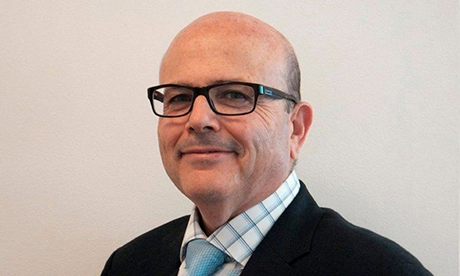Fr Juan Antonio Guerrero Alves is to step down after three years as prefect of the Vatican’s Secretariat for the Economy, and a layman has been appointed to replace him.
The 63-year-old Spanish Jesuit cited health reasons for his decision, and Maximino Caballero Ledo (pictured), the institution’s secretary general since August 2020, will take his place.
“You are aware that I have undergone surgery during the course of this year, and as a result of this, I am undergoing medical treatment that has side effects that make it particularly difficult for me to carry out a task as demanding as the one I am entrusted with, and that requires a greater physical efficiency and mental concentration than what I have at this time,” Fr Guerrero wrote.
Caballero, a married father of two, moved to the US in 2007.
He worked for the healthcare company Baxter International, before Fr Guerrero invited him to join him at the Vatican.
The two hail from the Spanish city of Mérida, had enjoyed a “long friendship.”
Caballero’s appointment means that, for the first time, the heads of all three of the Vatican’s most prominent financial departments will be laymen.
The current auditor general of the Vatican is Alessandro Cassinis Righini, was appointed in May last year.
Since 2019, the head of the Holy See’s Financial Supervisory and Information Authority is Carmelo Barbagallo; Pope Francis received both men in an audience on Saturday morning.
While Guerrero gave poor health as the reason for his departure, some in the Vatican say his decision to step down may also be linked to his resistance to certain points of Praedicate Evangelium, the apostolic constitution that brought reforms to the Roman Curia.
According to one highly placed Vatican source, the Spanish Jesuit had an “excessive desire to control” the Holy See’s finance sector.
For instance, the source said Fr Guerrero was opposed to Pope Francis’ decision last August to transfer all the Holy See’s movable and liquid assets under the control of the Institute for Religious Works (IOR), commonly called the “Vatican Bank.”
